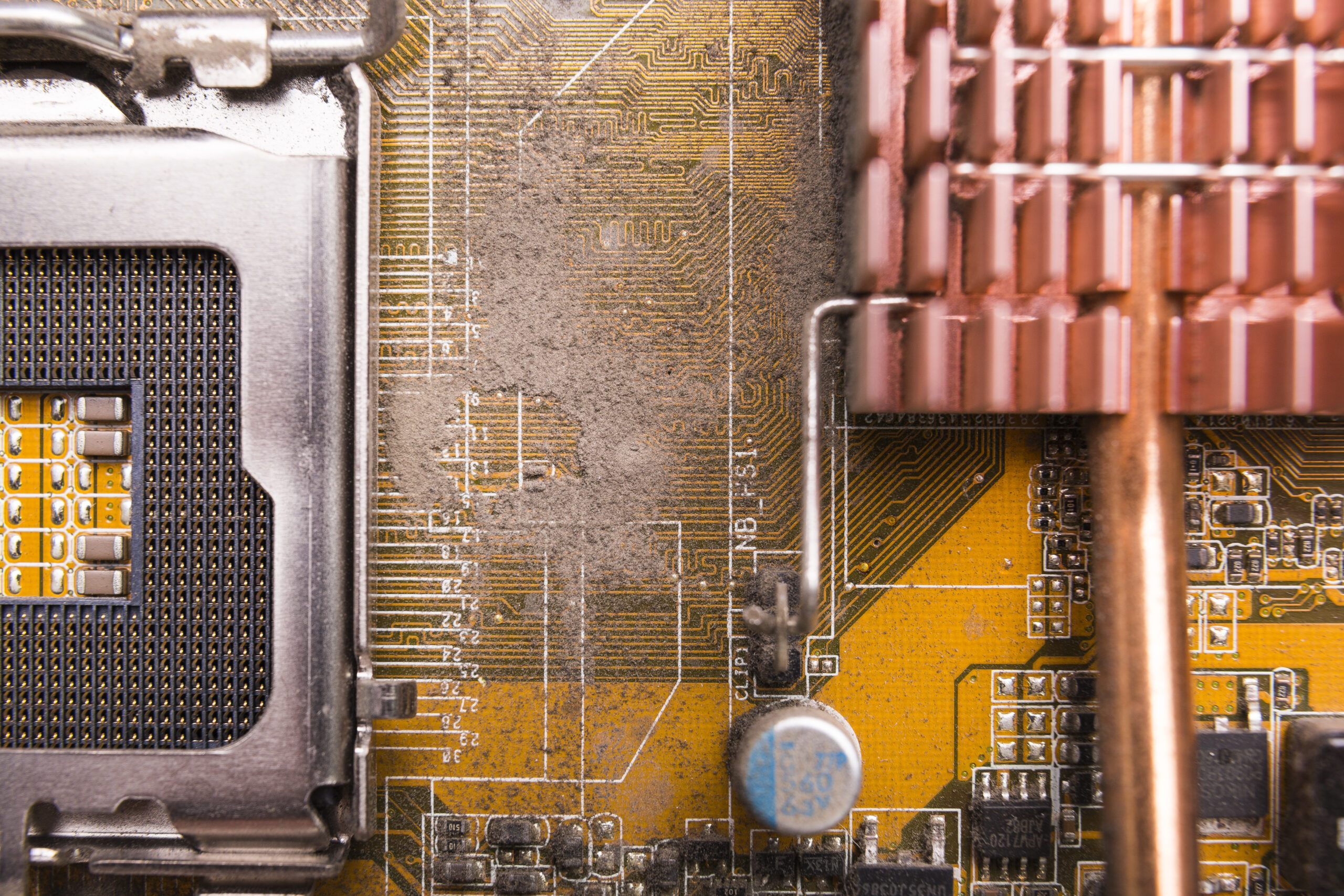The semiconductor industry relies on precision and consistency at every stage of fabrication. One of the most important techniques for thin-film deposition is Chemical Vapor Deposition (CVD). Engineers, researchers, and students often come across the question: in CVD semiconductor process is manifold kept hot? The answer is yes, and the reasons behind this practice are deeply rooted in the physics and chemistry of gas delivery and thin-film growth.
This article will explore why the manifold is heated in a CVD system, how it impacts semiconductor device manufacturing, and what benefits and challenges are associated with it.
Understanding CVD in Semiconductor Processing
Chemical Vapor Deposition (CVD) is a process where precursor gases react at the heated surface of a wafer to form a solid thin film. It is widely used for depositing materials like silicon dioxide (SiO₂), silicon nitride (Si₃N₄), polysilicon, tungsten, and various metal oxides and nitrides.
There are different variations of CVD, including:
-
Low-Pressure CVD (LPCVD)
-
Plasma-Enhanced CVD (PECVD)
-
Metal-Organic CVD (MOCVD)
-
Atmospheric Pressure CVD (APCVD)
Despite differences in pressure or plasma assistance, all these methods share a common requirement: controlled delivery of gases to the reaction chamber. This is where the manifold comes in.
What Is the Manifold in a CVD System?
In semiconductor equipment, the manifold is the system of pipes, valves, and distribution channels that control and deliver precursor gases from their sources (bubblers, vaporizers, or gas cylinders) to the reaction chamber.
Think of the manifold as the “gas highway” of a CVD system. If gases are not transported in a stable, vaporized state, the deposition process can fail, leading to non-uniform films or contaminated wafers.
Why In CVD Semiconductor Process Is Manifold Kept Hot?
Now to the central question: in CVD semiconductor process is manifold kept hot? The answer is yes, and here are the main reasons:
Preventing Condensation of Precursors
Many CVD precursors exist in liquid or solid form at room temperature. For example, TEOS (Tetraethyl orthosilicate) and certain metal-organic precursors are liquids that need to be vaporized before delivery. If the manifold is cooler than the vapor, condensation occurs inside the gas lines.
By keeping the manifold hot, gases remain in the vapor phase, ensuring stable delivery.
Avoiding Particle Formation
When condensation happens, it can lead to the formation of micro-droplets or solid particles inside the manifold. These particles can eventually enter the reaction chamber, contaminate the wafer, and reduce device yield. Heating eliminates this risk by preventing condensation.
Maintaining Stable Gas Flow
Stable and accurate gas flow is critical in semiconductor manufacturing. If the manifold is not heated, condensation can cause blockages, pressure drops, and flow fluctuations. Heating keeps the lines clear and ensures consistent flow rates.
Supporting Film Uniformity
One of the key goals in CVD is to achieve uniform film deposition across the wafer. Any inconsistency in gas delivery can result in thickness variations or defects. A heated manifold ensures that gases reach the chamber in a controlled and uniform manner, which directly contributes to film quality.
Preventing Pre-Reactions
Interestingly, the manifold is not kept excessively hot because overly high temperatures can cause premature chemical reactions in the gas lines. The heat is carefully controlled—just high enough to prevent condensation, but not so high as to trigger unwanted reactions before the gases reach the wafer surface.
Typical Temperature Control in a CVD Manifold
The exact temperature of the manifold depends on the type of precursor used. Generally:
-
Manifold temperatures are maintained between 50°C and 150°C.
-
Some precursors with low volatility may require higher heating ranges.
-
Gas lines are often equipped with heat tracing to avoid cold spots where condensation could occur.
-
Advanced CVD systems include feedback-controlled heating systems to ensure stability.
How Heated Manifolds Improve Semiconductor Manufacturing
Heating the manifold may seem like a small detail, but in semiconductor manufacturing, it can make a big difference.
-
Improved Yield – Prevents wafer contamination, leading to fewer defects.
-
Higher Equipment Reliability – Reduces risk of clogged lines and unplanned downtime.
-
Process Repeatability – Ensures that every wafer receives consistent gas flow and deposition.
-
Cleaner Films – Minimizes particle-related contamination, improving electrical performance of devices.
-
Scalability – Supports high-volume production with stable film growth.
Challenges in Keeping the Manifold Hot
While heating the manifold is beneficial, it also comes with engineering challenges.
-
Energy Consumption: Continuous heating consumes energy, which increases operational cost.
-
Thermal Management: The system must avoid overheating to prevent precursor degradation.
-
Maintenance: Heat tracing systems require calibration and monitoring to ensure stable performance.
-
Safety: Some precursors are flammable or toxic, and heating systems must be designed with strict safety measures.
Applications Where Heated Manifolds Are Critical
Not all deposition processes require extreme heating, but in certain semiconductor applications, it becomes essential:
-
Dielectric Film Deposition: SiO₂, Si₃N₄, and other dielectric layers need precise thickness control.
-
Metal-Organic Precursors: Materials like Gallium, Indium, or Aluminum for LEDs and optoelectronics require stable vapor delivery.
-
Barrier and Liner Films: For advanced nodes, barrier films like TiN or TaN require consistent CVD conditions.
-
MEMS Devices: Micro-electro-mechanical systems rely on precise deposition to maintain performance.
Future Trends in CVD Manifold Heating
As semiconductor technology moves toward smaller nodes and 3D architectures, manifold heating will remain a critical part of CVD. Future advancements may include:
-
Smart Heating Systems: AI-driven thermal control for predictive maintenance.
-
Energy-Efficient Designs: New materials for heat tracing with lower energy consumption.
-
Integrated Sensors: Real-time monitoring of temperature and flow stability.
-
Advanced Precursors: Next-generation chemicals requiring even tighter thermal control.
Read also: Brent Madison Deerfield Wrestling: The Story of Dedication, Growth, and Community
Conclusion
So, in CVD semiconductor process is manifold kept hot? Absolutely yes. Heating the manifold is essential for preventing condensation, avoiding particle formation, ensuring stable gas flow, and maintaining film uniformity. Without a hot manifold, the reliability and efficiency of semiconductor thin-film deposition would be compromised.
In modern semiconductor manufacturing, even the smallest details—like keeping the manifold at the right temperature—can make the difference between success and failure. As device dimensions shrink and performance demands increase, the importance of precise gas delivery and manifold heating will only grow.



